Top Gear recently paid homage to the legendary Saab 900 Turbo, a model that not only defined the brand but also left an indelible mark on the automotive world. As a Saab enthusiast and contributor to saabplanet.com, I couldn’t resist diving deeper into this retrospective, exploring the features and legacy of the 900 Turbo. This article reflects on Top Gear’s feature and celebrates the unique characteristics that made the Saab 900 Turbo an icon.
Table of Contents
The Saab 900 Turbo: A Game-Changer
The Saab 900 Turbo was a revolutionary model that catapulted Saab into the spotlight. Introduced in 1979, this car was designed by Björn Envall, Saab’s chief designer, who played a pivotal role in shaping the company’s image for 24 years. The 900 Turbo was the epitome of Saab’s innovative spirit, combining style, performance, and practicality in a way that was ahead of its time.
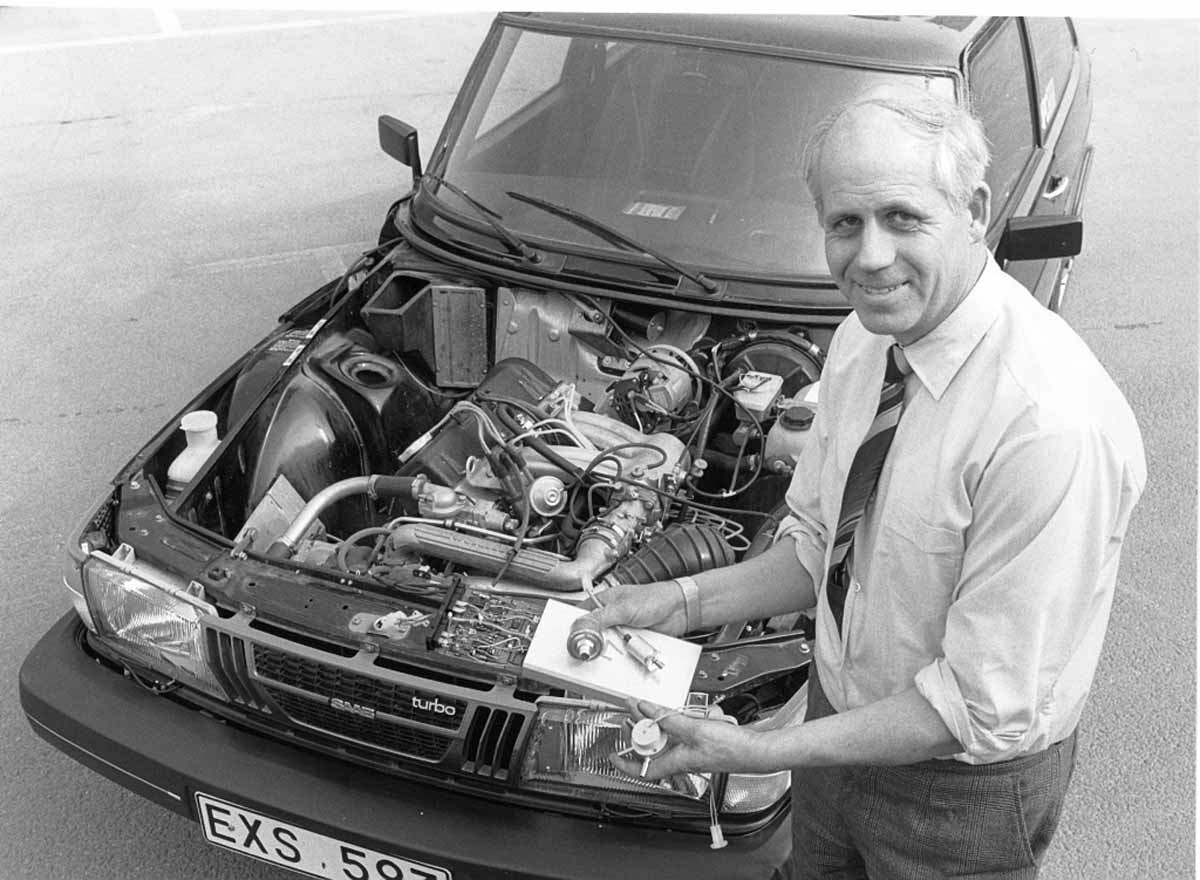
The turbocharging technology was groundbreaking, boosting the power of the 2.0-litre inline-four engine from 99bhp to 143bhp, and eventually up to 173bhp with the 16-valve version in 1984. This enhancement enabled the 900 Turbo to reach a top speed of 134mph, making it one of the most powerful and fastest cars of its era. The distinctive three-spoke alloys, discreet badging, and subtle styling tweaks set it apart from the competition, signaling to other drivers that they were in the presence of something special.
Innovative Design and Engineering
The Saab 900 Turbo’s design was a testament to the brand’s commitment to innovation and engineering excellence. One of the most notable features was its longitudinal engine mounted backwards and inclined at a 45° angle, with the gearbox positioned underneath. This unconventional setup contributed to the car’s unique driving dynamics, making it a surprisingly sharp steer despite all the power being directed through the front wheels.
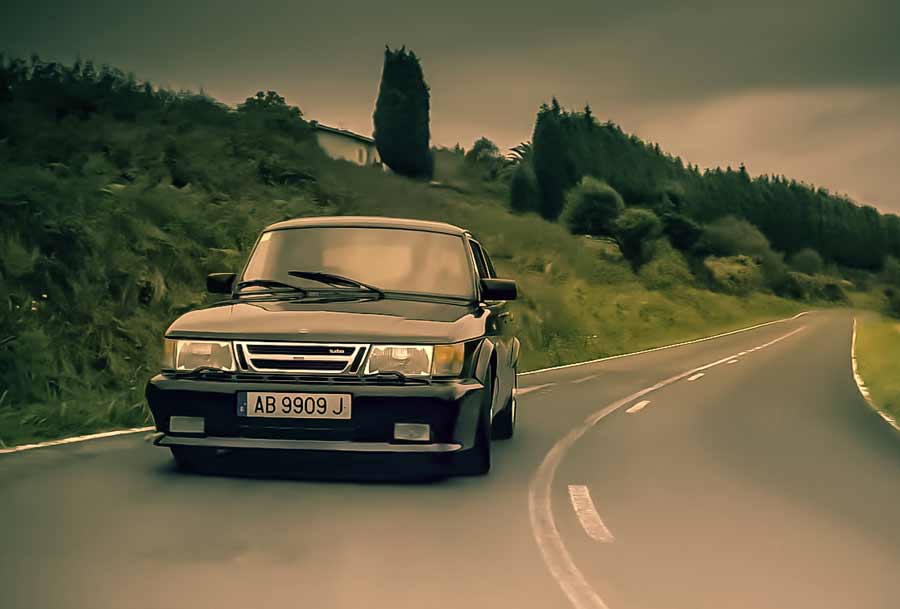
The double wishbone front suspension and beam axle rear suspension were key to the 900 Turbo’s excellent handling. The car also featured a centrally mounted ignition, a signature Saab design element, and a handbrake that operated the front wheels until 1988. These quirks added to the car’s charm and highlighted Saab’s willingness to think outside the box.
Practicality Meets Performance
While the Saab 900 Turbo was renowned for its performance, it was also a practical choice for everyday use. The hatchback version offered a generous 610-litre boot capacity, making it an ideal vehicle for families and those who needed extra cargo space. The cockpit, inspired by aircraft design, prioritized essential instruments within the driver’s line of sight and featured a wide curved windscreen for enhanced visibility.

The 900 Turbo was available in various body styles, including a three-door and five-door hatchback, a saloon, and later in its life, a convertible option. Coachbuilder Nilsson even produced two estate versions for discerning clients, though a prototype estate built by Saab in the early Eighties never made it to production due to insufficient demand.
The Saab 900 Turbo in Popular Culture
The Saab 900 Turbo’s cultural impact extended beyond the automotive world. One of the most memorable moments in its history was Tony Scott’s 1983 advertisement, which featured the 900 Turbo racing a Saab fighter jet down a shimmering runway. The slogan “Nothing on Earth comes close” perfectly captured the car’s essence. This ad not only showcased the car’s performance but also contributed to Scott’s later success as the director of the iconic film “Top Gun” in 1986.
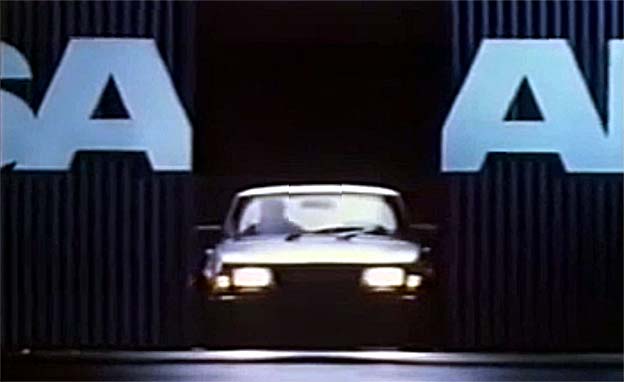
Saab’s Legacy and the 900 Turbo’s Place in History
The Saab 900 Turbo remains a symbol of the brand’s legacy, representing the pinnacle of its innovative spirit and commitment to excellence. Saab’s journey in the automotive industry was marked by a series of groundbreaking achievements, from its early days as an aircraft manufacturer to its transition into car production. The brand’s focus on safety, performance, and design set it apart from its competitors and earned it a loyal following.
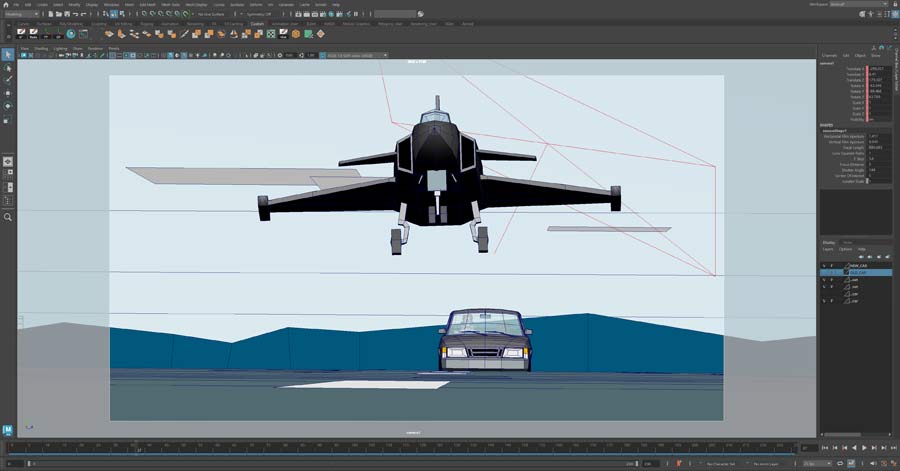
Despite facing numerous challenges, including financial difficulties and changes in ownership, Saab’s impact on the automotive world is undeniable. The 900 Turbo, in particular, continues to be celebrated by enthusiasts for its unique blend of style, performance, and practicality. Saab may no longer produce new cars, but its legacy lives on through the passionate community of owners and admirers who keep the brand’s spirit alive.
900 Turbo encapsulates everything that made Saab great
Top Gear’s tribute to the Saab 900 Turbo is a fitting reminder of what made this car so special. As a Saab enthusiast, reflecting on the 900 Turbo’s history and achievements is a joy. This model encapsulates everything that made Saab great: innovative engineering, distinctive design, and a commitment to pushing the boundaries of what a car could be.
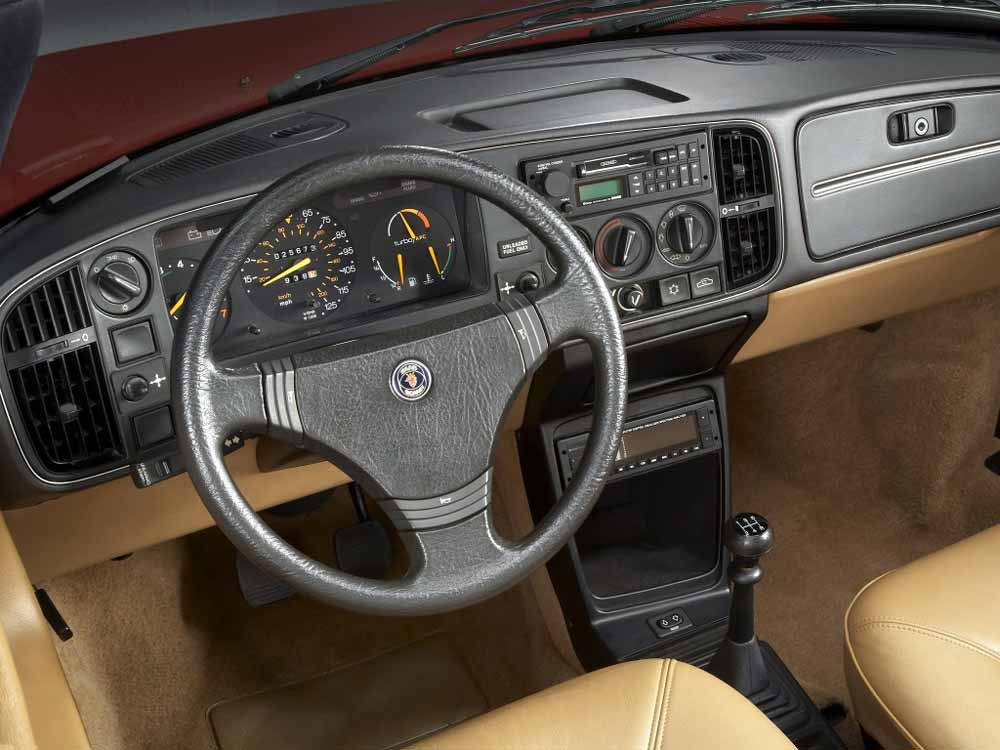
For those of us who cherish Saab’s legacy, the 900 Turbo will always hold a special place in our hearts. It’s a testament to the brand’s enduring appeal and a symbol of a bygone era when cars were as much about character and soul as they were about performance and technology. Saab may be gone, but the 900 Turbo ensures that its legacy will never be forgotten.
For more insights and reflections on Saab’s iconic models, check out the full article on Top Gear here.

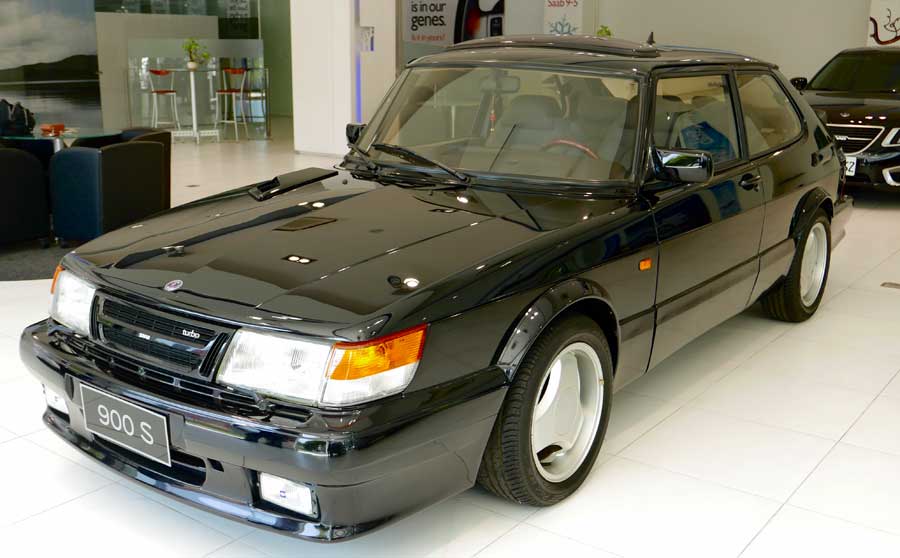



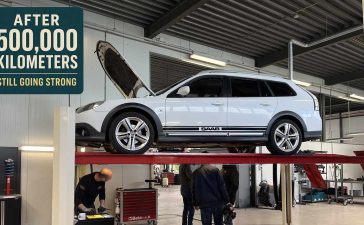

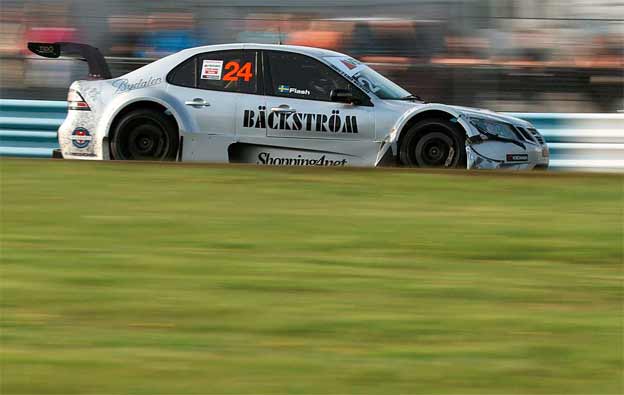




The power figures quoted aren’t correct. The 2 litre engine was only 99 bhp with a single carburettor. With the same Bosch K Jetronuc fuel injection as the turbo the engine produced 118bhp, only about 25bhp less than the turbo. The increase in torque was the game changer.